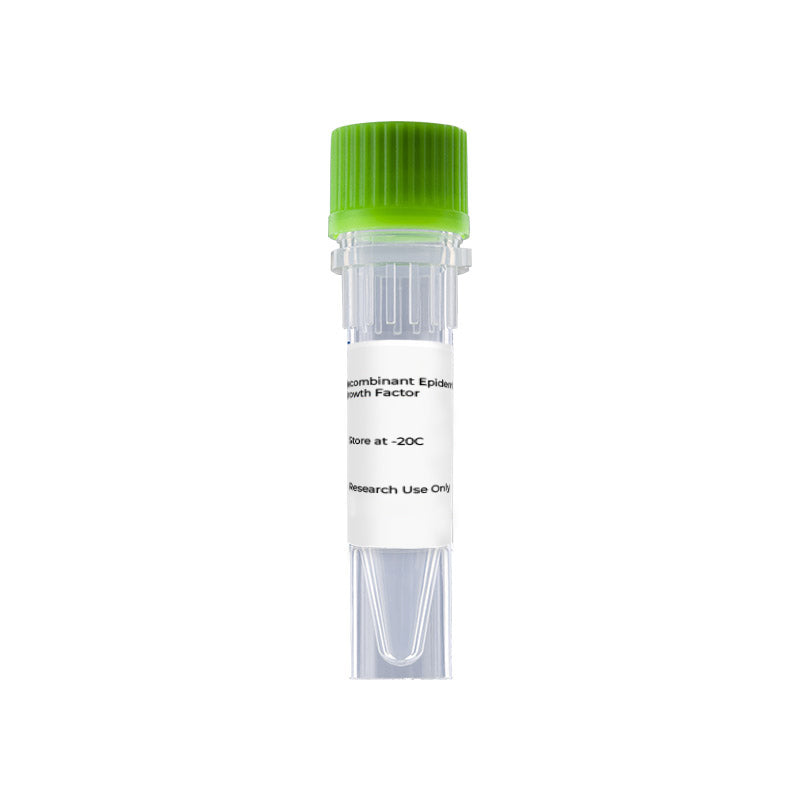1
/
of
2
Recombinant Human CORO6 (N-6His)
Recombinant Human CORO6 (N-6His)
Recombinant Human Coronin-6 is produced by our E.coli expression system and the target gene encoding Met1-Asp237 is expressed with a 6His tag at the N-terminus.
Catalog No:
EPT126
Regular price
$279.00 USD
Regular price
Sale price
$279.00 USD
Unit price
/
per
Couldn't load pickup availability
Product Details
Accession
Q6QEF8-4
Molecular Weight
28.3 KDa
Apparent Molecular Weight
30-35 KDa, reducing conditions
Purity
Greater than 95% as determined by reducing SDS-PAGE.
Endotoxin
Less than 0.1 ng/µg (1 EU/µg) as determined by LAL test.
Expression Host
E. coli
Reconstitution
Always centrifuge tubes before opening.Do not mix by vortex or pipetting.
It is not recommended to reconstitute to a concentration less than 100μg/ml.
Dissolve the lyophilized protein in distilled water.
Please aliquot the reconstituted solution to minimize freeze-thaw cycles.
Shipping Condition
The product is shipped at ambient temperature. Upon receipt, store it immediately at the temperature listed in the Storage field.
Storage Condition and Shelf Life
Lyophilized protein should be stored at < -20°C, though stable at room temperature for 3 weeks.
Reconstituted protein solution can be stored at 4-7°C for 2-7 days.
Aliquots of reconstituted samples are stable at < -20°C for 3 months.
Background
Coronin 6, a newly identified member of the coronin family, is highly enriched at adult NMJs and regulates AChR clustering via modulating the interaction between receptors and the actin cytoskeletal network. Coronins are a family of conserved actin-binding proteins originally identified in the actin-rich structure of the amoeba Dictyostelium discoideum . To date, seven members of coronins have been identified in mammals, and most exhibit tissue-specific distribution patterns. Coronin 6 is prominently expressed in adult muscle and enriched at the NMJ. Studies with cultured myotubes reveal that Coronin 6 regulates both agrin- and laminin-induced AChR clustering and is important for anchoring AChRs onto the actin cytoskeleton. Also, both the C-terminal region and a conserved Arg29 residue at the N terminus of Coronin 6 are essential for its actin-binding activity and stabilization of AChR–cytoskeleton linkage. Importantly, in vivo knockdown of Coronin 6 in mouse skeletal muscle fibers leads to destabilization of AChR clusters, which demonstrates that Coronin 6 is a critical regulator of AChR clustering at the postsynaptic region of the NMJs through modulating the receptor-anchored actin cytoskeleton. The human Coronin 6 has five isoforms produced by alternative splicing, and tissue-specific expression of these isoforms are unclear.
Analyte
CORO6
Regulatory Status
For Research Use Only



